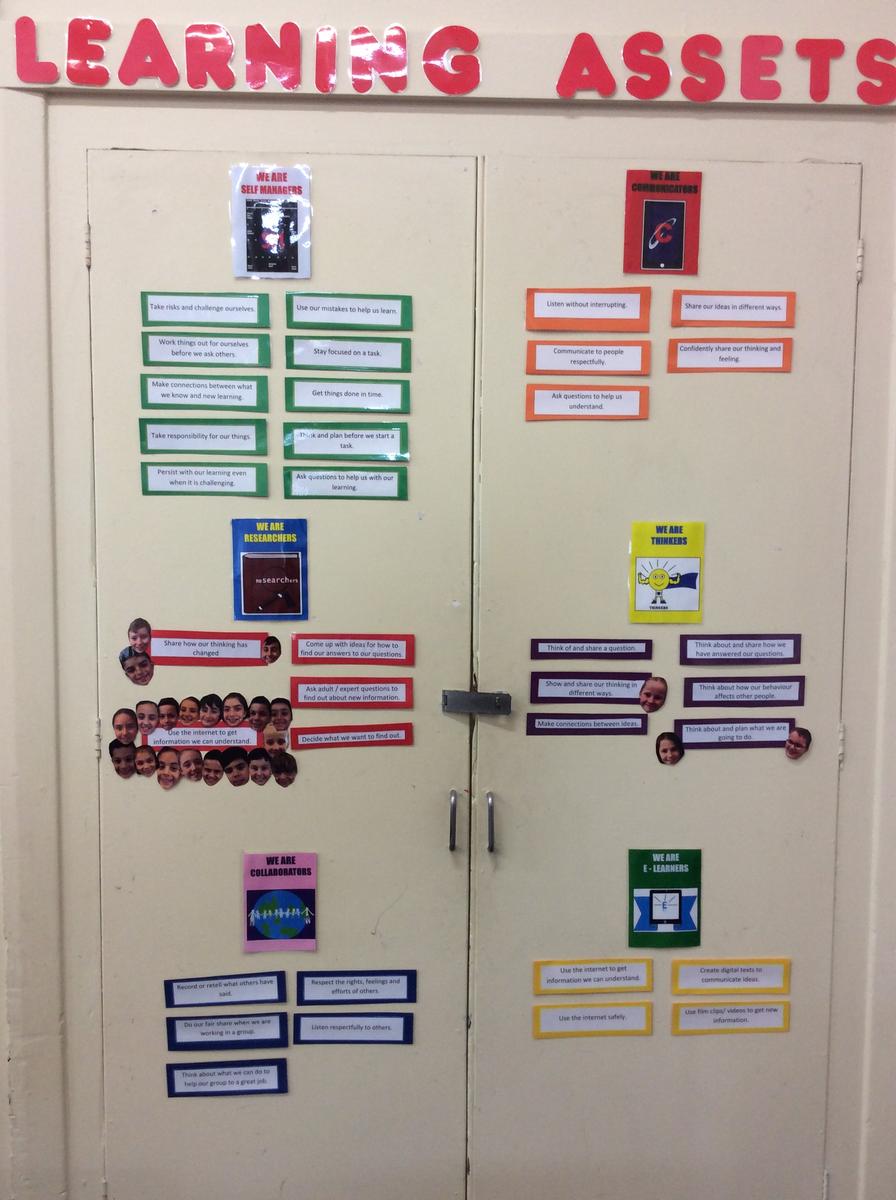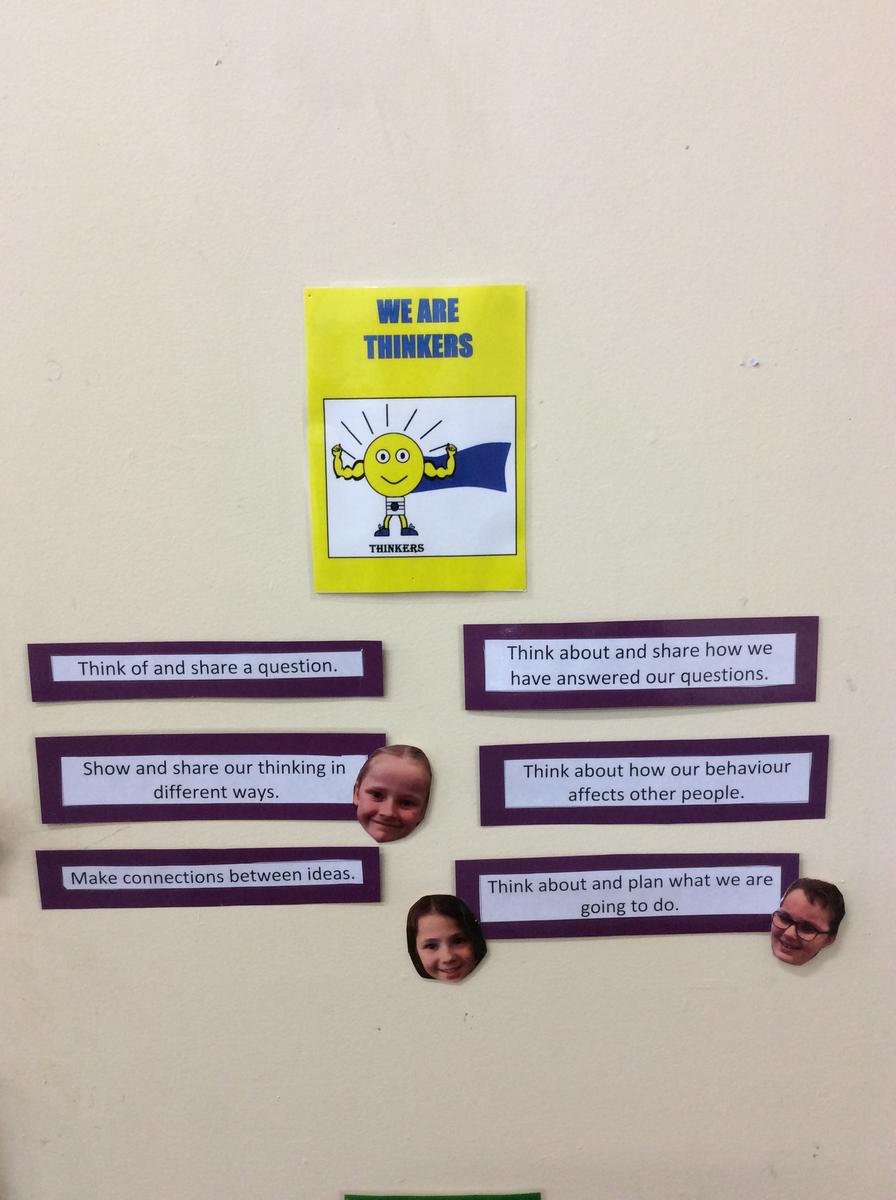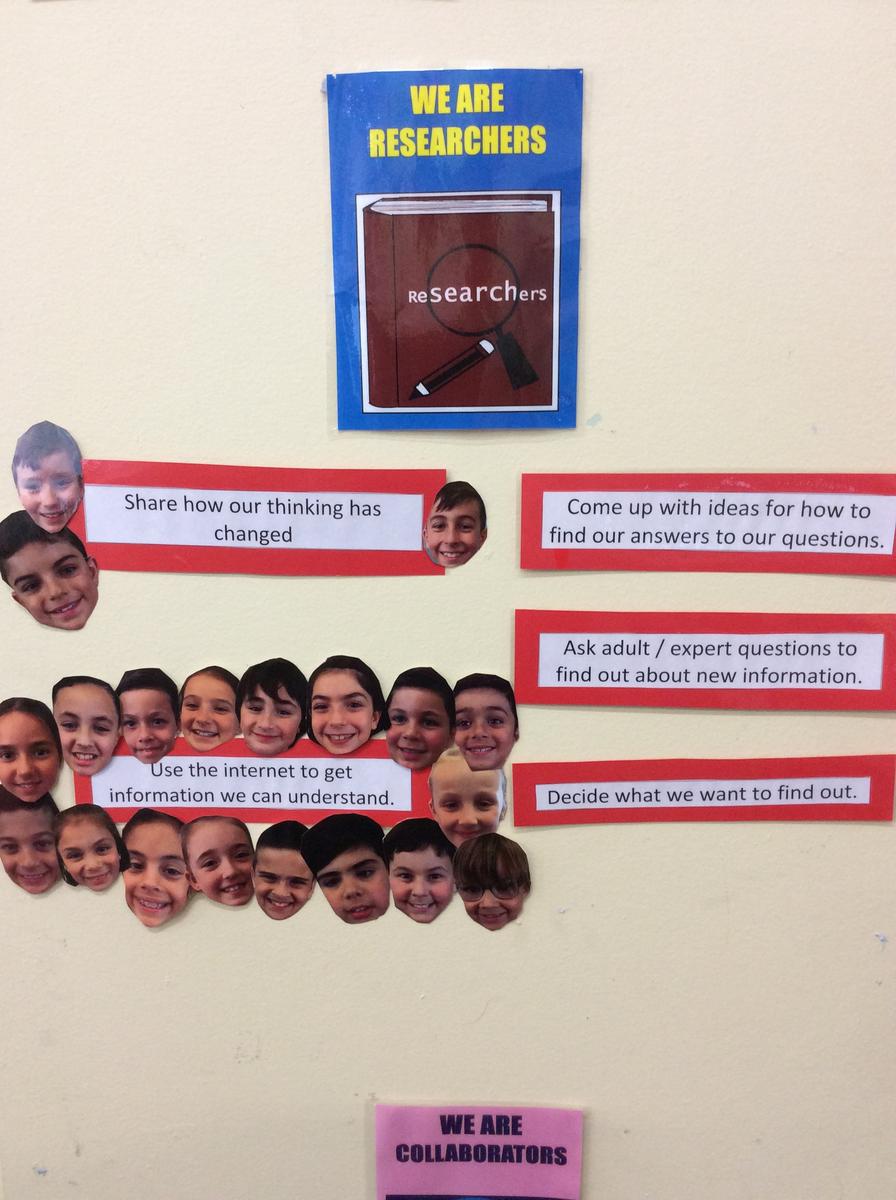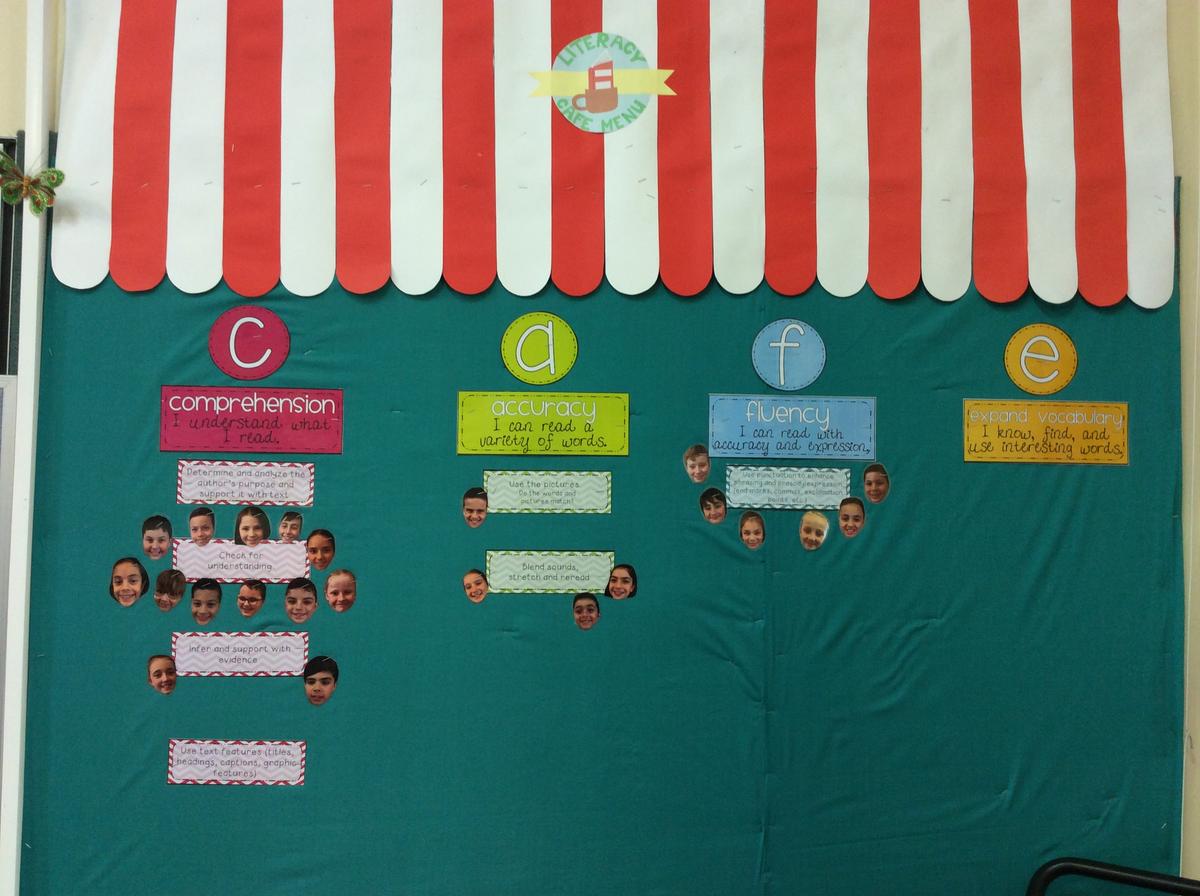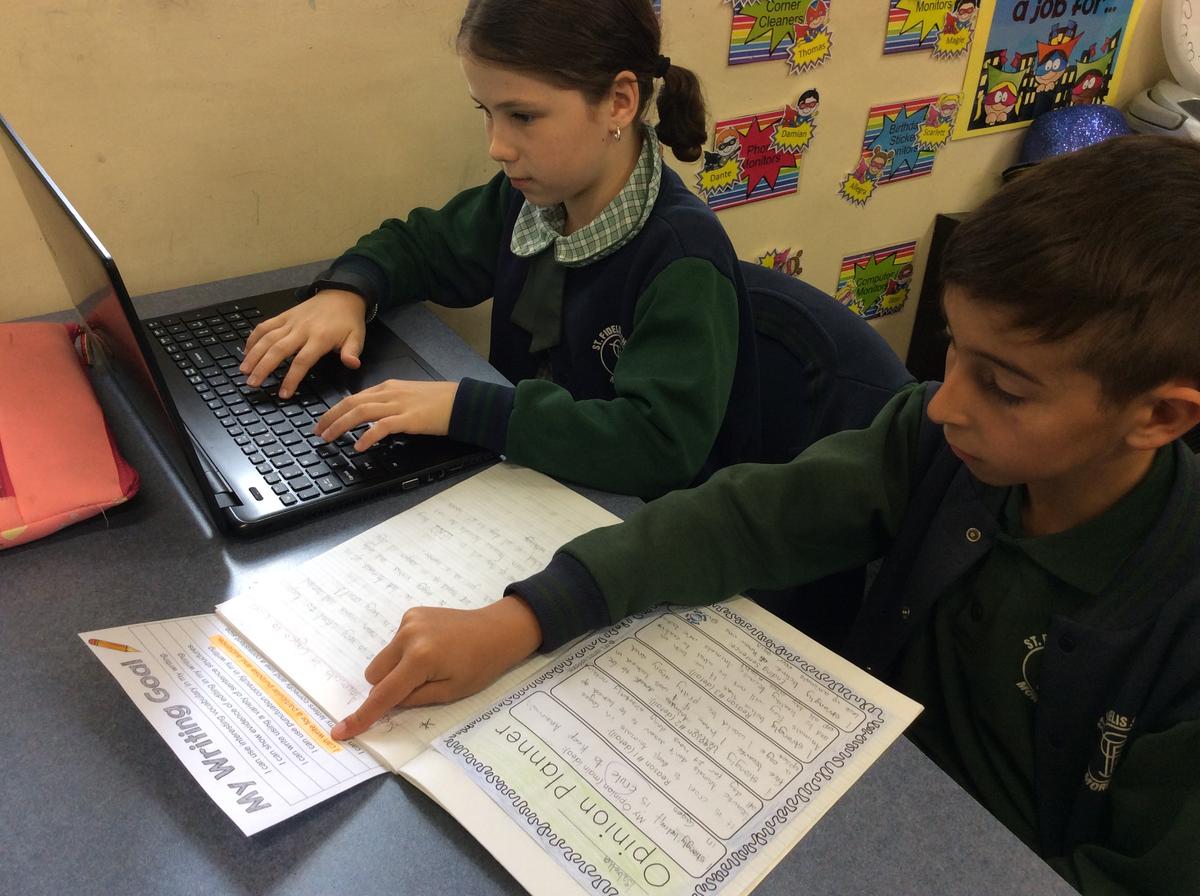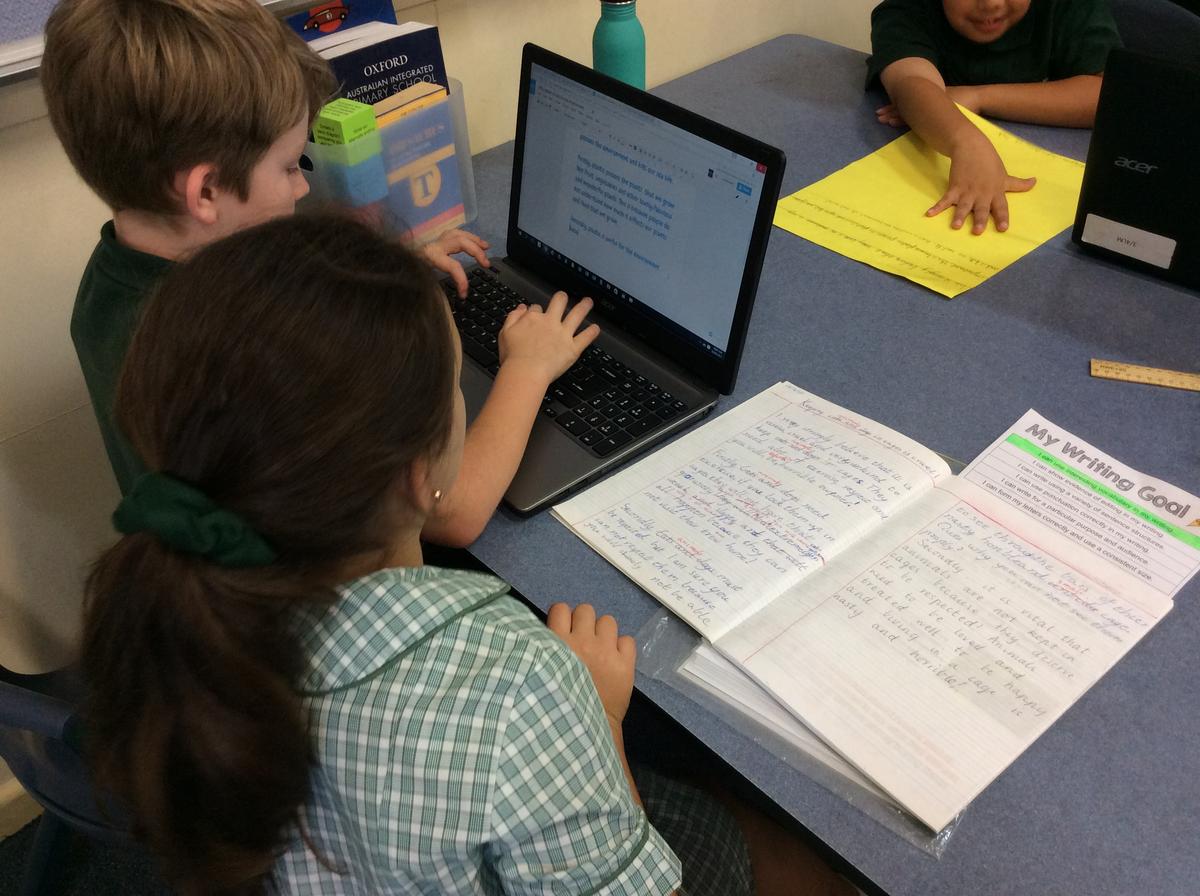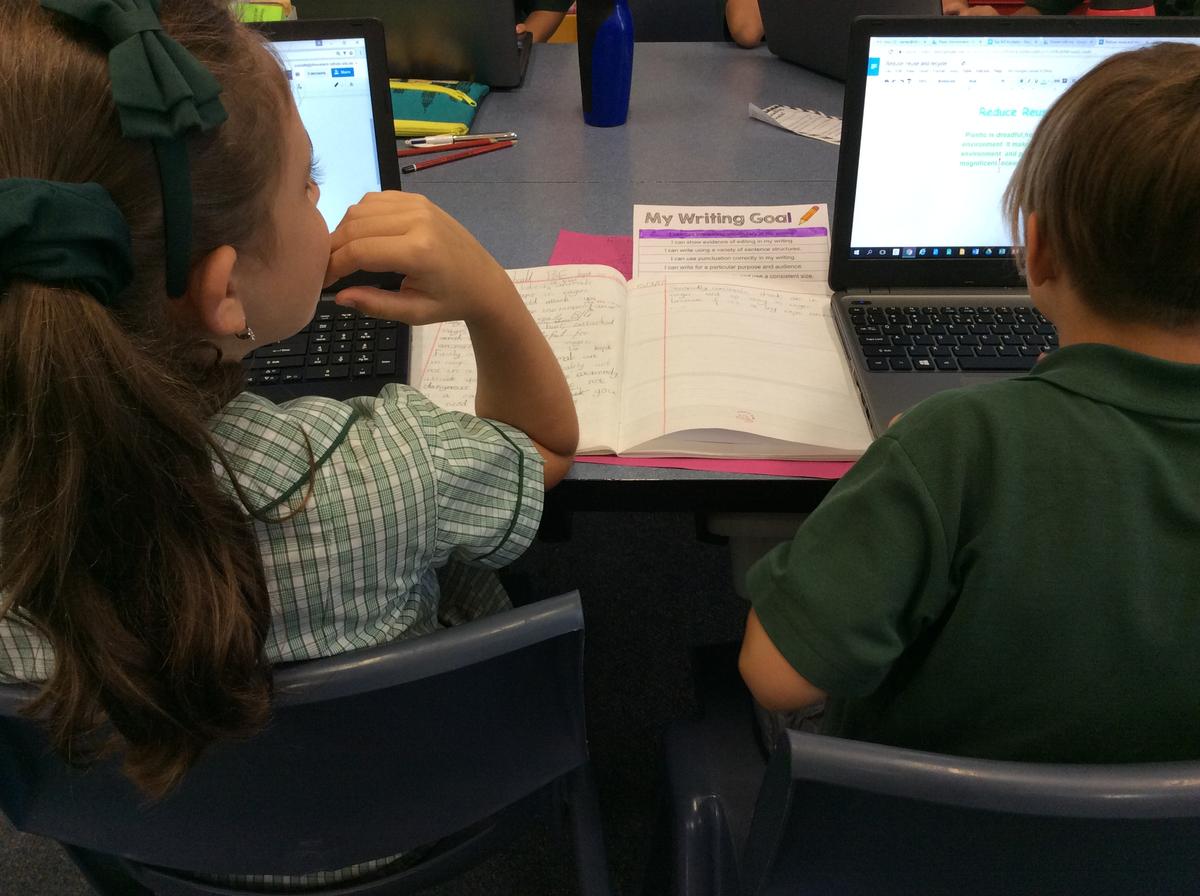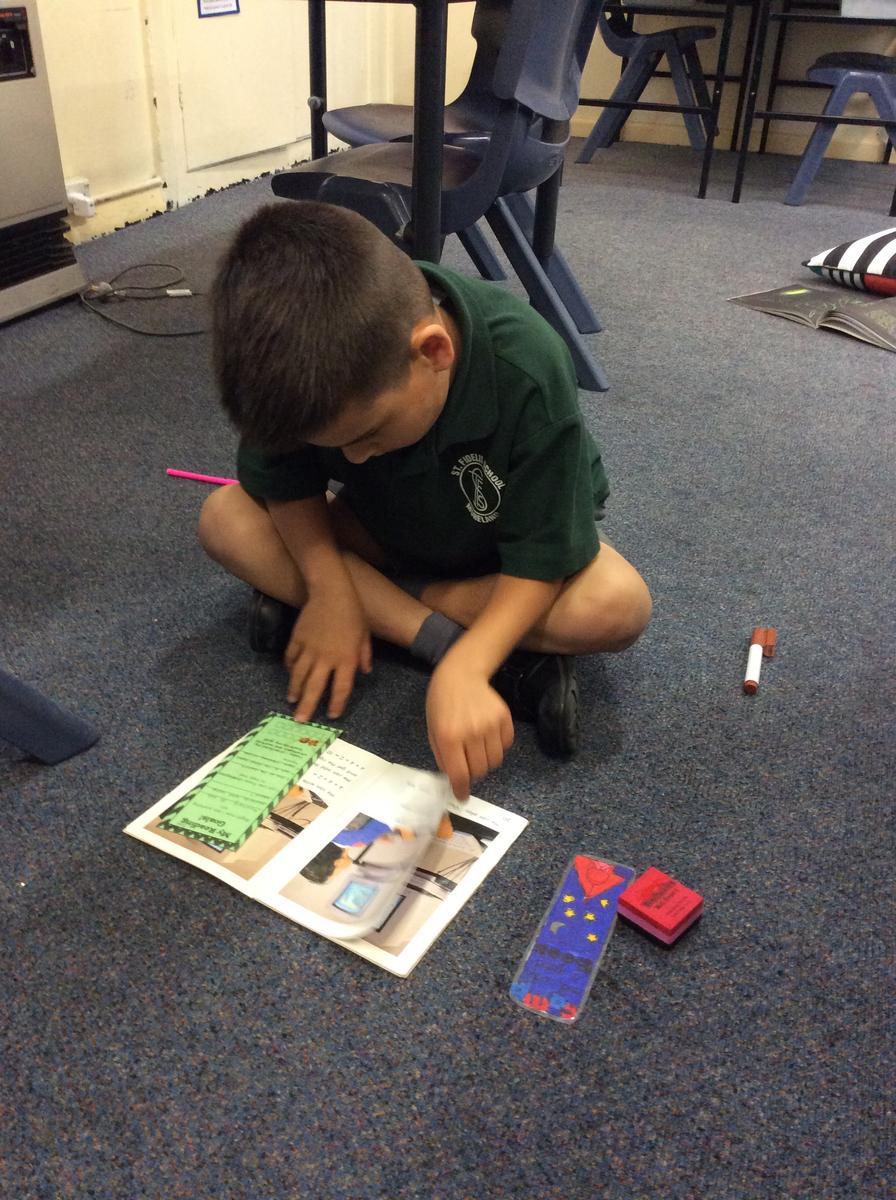Learning & Teaching
Janine Turville

Learning & Teaching
Janine Turville
As you walk into classrooms (especially the Year 3-6 students) you will see evidence of students setting their own learning goals. These are often arrived at through a conversation with the teachers and sometimes their peers. By knowing what they want to achieve, they know what they have to concentrate on and improve. These learning goals aim to improve their learning and achievement and build their capacity to learn. Goal setting is an ongoing process which can (and should) be done all throughout the school year.
When students are assisted to delve into their own thinking and learning processes, they are drawn to think about the effectiveness of the strategies they used to achieve the learning goals they set. Planning what to do, monitoring progress towards achieving it and evaluating the outcome can help students take more control over their thinking and learning processes and equip them with learning to learn skills. (Victorian Curriculum teaching resources)
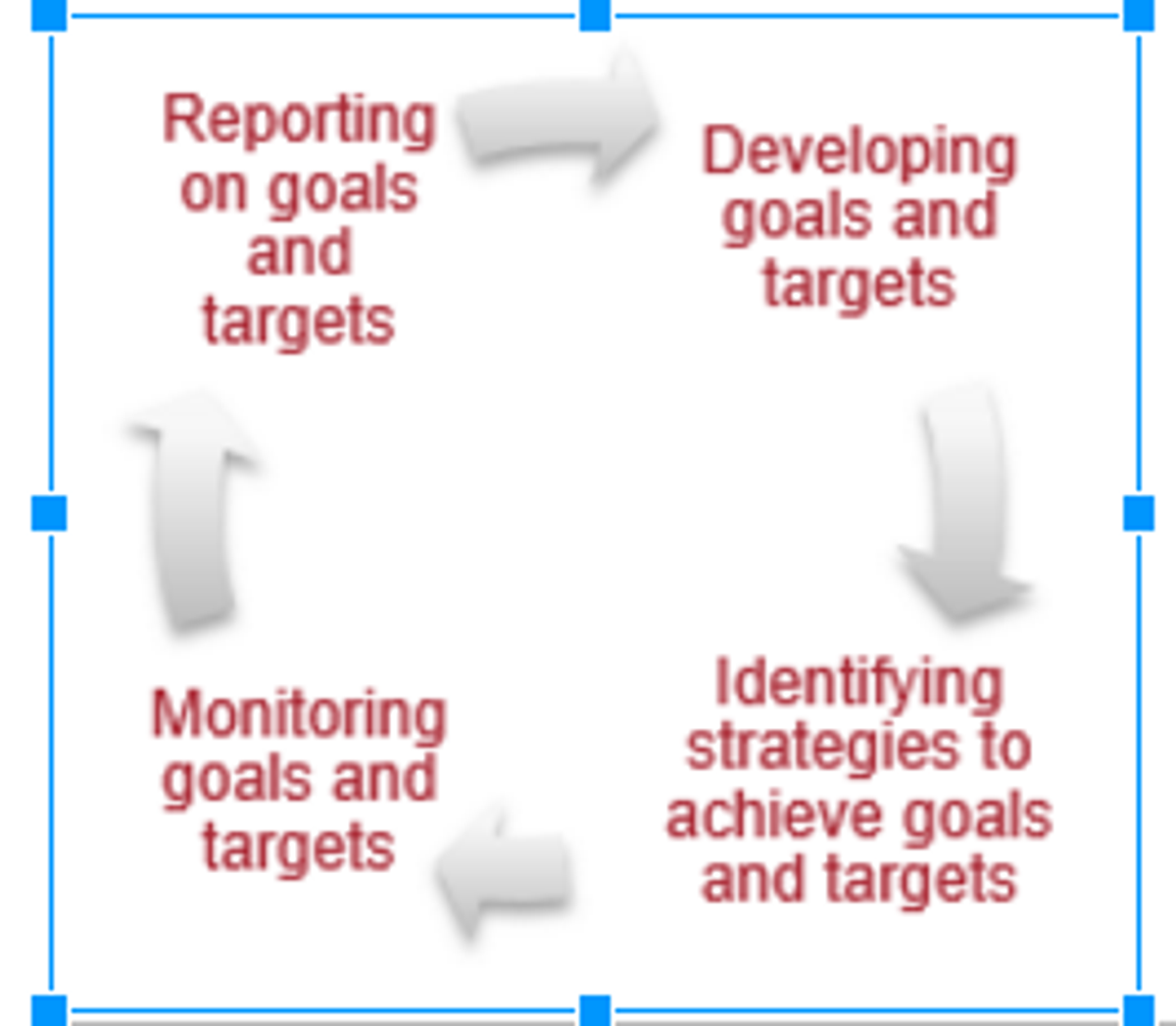

Individual learning goals and targets motivate students to:
become more active participants in the learning process
become independent learners
identify what is important to their own learning
achieve their full potential
As all parents of student in Years 3-6 know, your child will be participating in a mid year student led conversation. The goals that the students set become a vital part of the conversation. It allows the student to enter into honest reflection of themselves as a learner.
The new curriculum document (The Victorian Curriculum) has put a renewed emphasis on building students capacity to manage their own learning and thinking. The curriculum document focuses on developing learning assets such as self-management, thinking, communication and collaboration. Skills that are transferable across all learning areas and in their future adult life.
Thinking that is productive, purposeful and intentional is at the center of effective learning and the creation of new knowledge, with the progressive development of knowledge about thinking and the practice of using thinking strategies fostering students’ motivation for, and management of, their own learning. (Rational Critical and Creative thinking)
Some examples of statements within the Victorian Curriculum Standards from F-6 that can be directly assess through the use of student setting goals.
Recognise that problems or challenges are a normal part of life and that there are actions that can be undertaken to manage problems
Consider ways to express and describe thinking activity, including the expression of feelings about learning, both to others and self
Consider personal reactions to situations or problems and how these reactions may influence thinking
Explain how being prepared to try new things can help identify strategies when faced with unfamiliar or challenging situations
Identify personal strengths and select personal qualities that could be further developed
Identify how persistence and adaptability can be used when faced with challenging situations and change
Examine an increased range of learning strategies, including visualisation, note-taking, peer instruction and incubation, and reflect on how these can be applied to different tasks to reach a goal
Reflect on how personal strengths have assisted in achieving success at home, at school or in the community
Describe what it means to be confident, adaptable and persistent and why these attributes are important in dealing with new or challenging situations
Identify the skills for working independently and describe their performance when undertaking independent tasks
Examine learning strategies, including constructing analogies, visualising ideas, summarising and paraphrasing information and reflect on the application of these strategies in different situations
I have included some photographic examples of students setting goals. Thank you to the the students in Year 3/4 for allowing me to share their work.
As parents we are interested in our children's growth. Not just their cognitive growth but also in other areas such as emotional, social, physical and spiritual growth. Next time you are tempted to ask your child “How was your day?” and receive the standard response, ‘Good’ perhaps consider asking them about their learning goals or even dare to ask, ‘What did you struggle with today?’
